What is sensitive skin?
Sensitive skin is a kind of problem skin, but it is not a skin disease, it’s a long-term unhealthy state of the skin. It is mainly due to the damage of the facial skin barrier, the protective layer of the skin is weakened, and it is susceptible to external stimuli such as seasons, the environment, cosmetics, alcohol, etc., resulting in “facial dryness and tightness, red blood, redness at every turn, and rashes from time to time. “
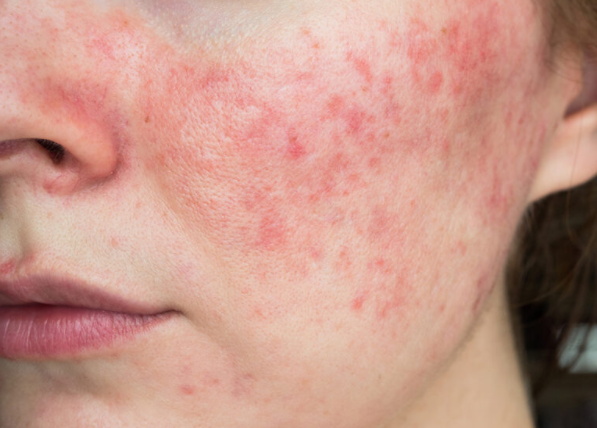
It should be noted that sensitive skin is not the same as skin allergies. Skin allergy is mainly a kind of facial dermatitis, which is an inflammatory reaction caused by type IV allergy, mostly caused by contact with allergens.
However, sensitive skin is more prone to allergies, because the skin barrier of sensitive skin itself is very fragile, and once the skin’s protective ability is reduced, it is easy to cause an inflammatory reaction.
How to treat sensitive skin with IPL?
Under normal circumstances, as long as the sensitive skin patients are not in the period of inflammation, redness, etc., the light-adjusting effect of photorejuvenation can be used to shrink the capillaries to dilate, and then establish a relatively stable skin barrier to achieve a better therapeutic effect.
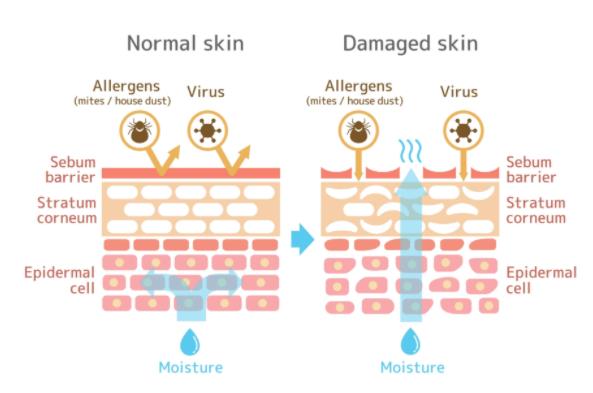 However, in clinical practice, it is very easy for many doctors to directly perform telangiectasia treatment on patients with sensitive skin. Since patients with sensitive skin have defects in the epidermal barrier structure, direct vascular sealing treatment will induce aggravation of sensitive skin. In clinical practice, we need to repair the skin barrier and inhibit the inflammatory response.
However, in clinical practice, it is very easy for many doctors to directly perform telangiectasia treatment on patients with sensitive skin. Since patients with sensitive skin have defects in the epidermal barrier structure, direct vascular sealing treatment will induce aggravation of sensitive skin. In clinical practice, we need to repair the skin barrier and inhibit the inflammatory response.
At this time, the 560nm or 590nm, or even 615nm filter of super photon can also be used to treat through the low energy of these three wavelengths. The painless feeling of the patient is used as the endpoint response, which has a good therapeutic effect on sensitive skin. At the same time, during the treatment process, if the patient’s sensitive symptoms have been significantly relieved, basically there is no erythema, papules, persistent flushing and other manifestations, only the telangiectasia is left, at this time, you can choose the VASCULAR filter in AOPT. The light film is used to control the problems of blood vessels in the later stage. From the initial sensitive skin to the subsequent blood vessel problems, it can be very helpful.
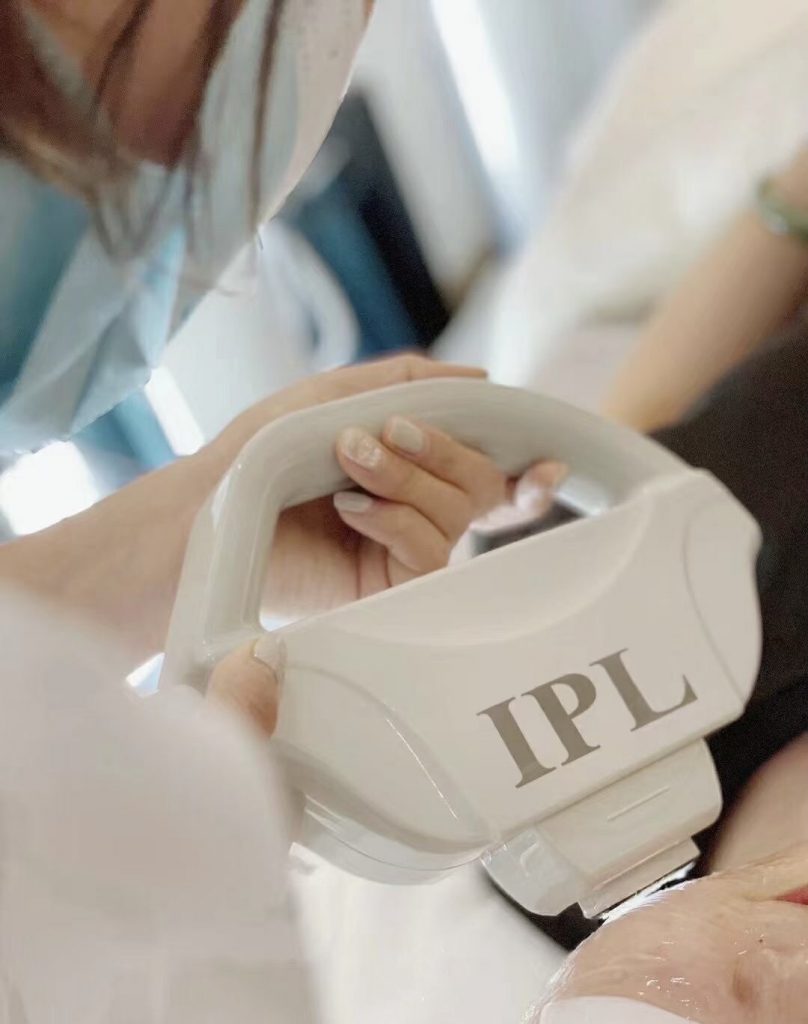
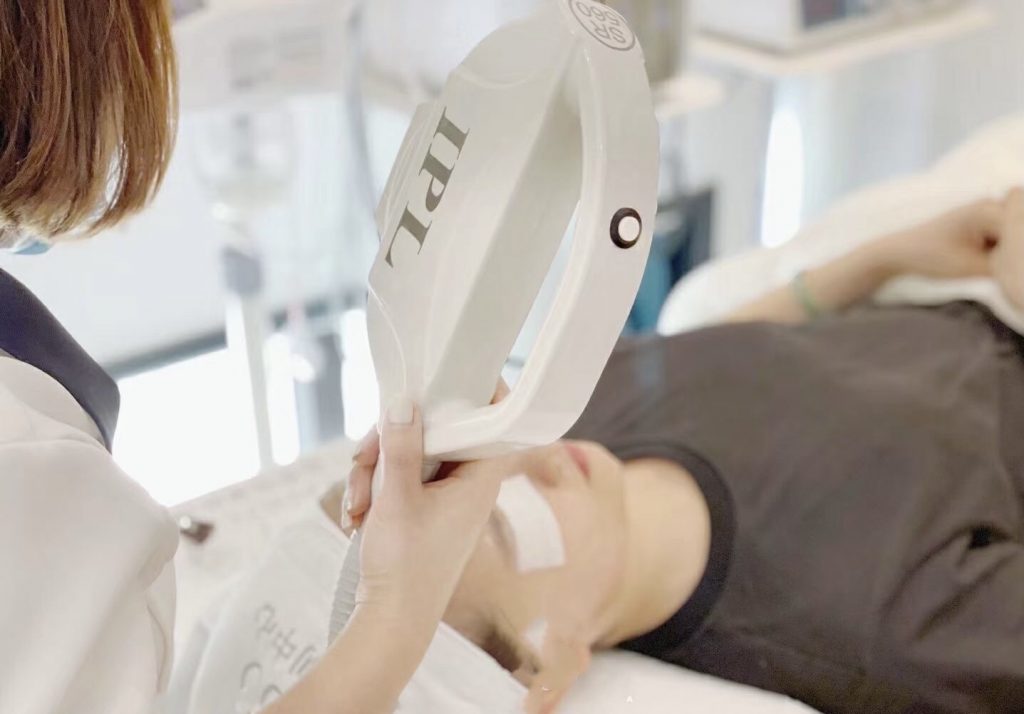
Other physical therapy for sensitive skin
At the same time, the clinical choice of which treatment method should be based on the patient’s skin condition, combined with drug treatment, photoelectric therapy and other multi-pronged approaches, can be better cured, and the treatment methods in different periods are also different.
Treatment options for sensitive skin during acute exacerbation:
1. Cold spray and cold compress
Inflammation of the skin causes the blood vessels in the superficial dermis of the face to expand, blood flow increases, and discomfort such as erythema, burning, and swelling appear. Appropriate use of cold spray and cold compresses can take away heat and shrink capillaries, which can quickly treat acute facial dermatitis. Control and relieve discomfort.
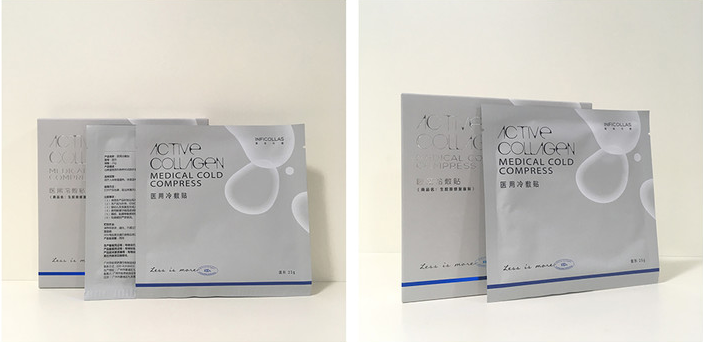
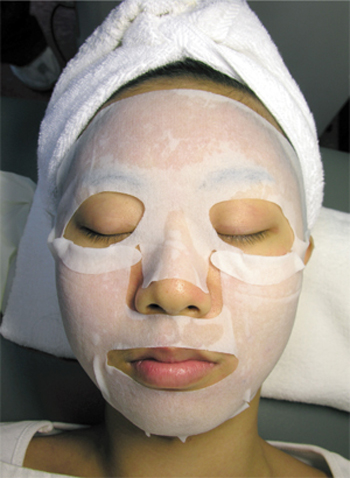
2. LED light therapy
Red light: wavelength of 630nm±5nm, using its characteristics of high purity, strong light source, uniform energy density, etc., to adjust the photobiological effect of mitochondria, which can effectively act on dermal tissue, accelerate blood circulation, promote skin metabolism, stimulate collagen growth, thereby increasing Skin elasticity, repair sensitive skin.
Yellow light: The wavelength is 590nm±5nm, which has a good relieving and therapeutic effect on sensitive skin and skin in the allergic period. It can promote the restoration of the brick wall structure of the skin and accelerate the repair of the skin barrier function.

3. DPL Precision Light Therapy
The wavelength emitted by the ordinary photon source is 200-1200nm, while the DPL precision light passes through the specially designed dye crystal, and the spectrum is compressed at 500-600nm, so that the light selectively acts on the oxyhemoglobin, and the vascular endothelial cells undergo photocoagulation. The blood vessels are closed, the dilated capillaries disappear, and the effect of removing redness is achieved.
Summarize
At the same time, patients should also be advised to do daily care, reduce skin friction, and avoid excessive cleaning. It is recommended to choose mild, non-irritating, and streamlined products for facial cleansers and skin care products.
Strengthen hydration and increase skin water saturation. After washing your face, it is recommended to apply moisturizing products as soon as possible when the skin is still damp. When going out, it is necessary to strictly sunscreen, avoid chemical sunscreens as much as possible, and use physical sunscreens (parasols, sun hats, etc.); and pay attention to diet, etc.
![]()
